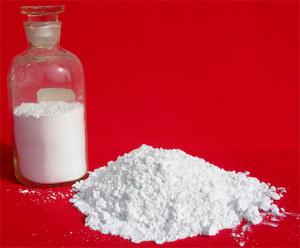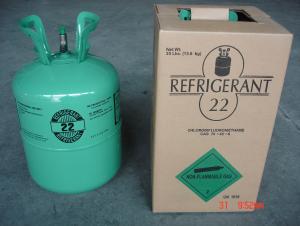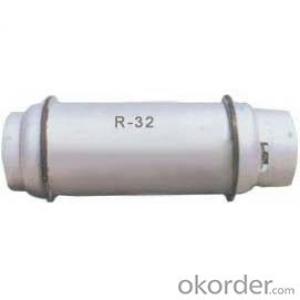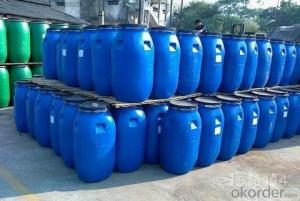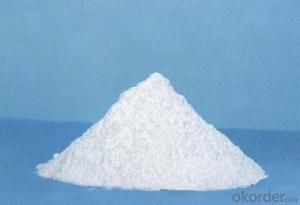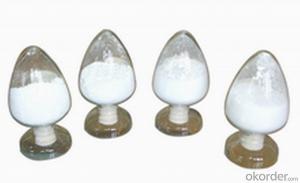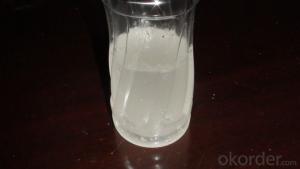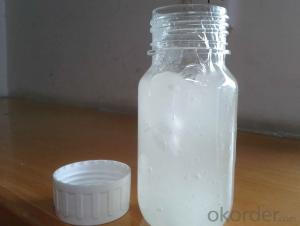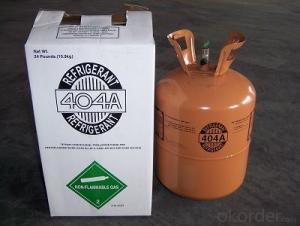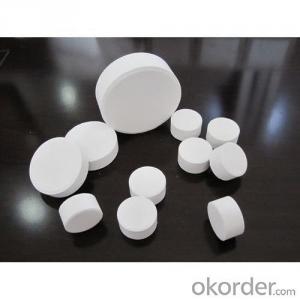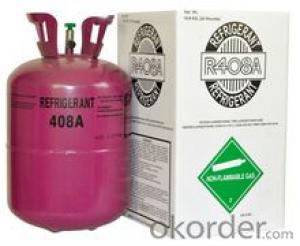SGS TEST Disodium laureth sulfosuccinate
- Loading Port:
- China Main Port
- Payment Terms:
- TT OR LC
- Min Order Qty:
- -
- Supply Capability:
- -
OKorder Service Pledge
Quality Product, Order Online Tracking, Timely Delivery
OKorder Financial Service
Credit Rating, Credit Services, Credit Purchasing
You Might Also Like
Specifications
Disodium laureth sulfosuccinate (MES)
Cas no.:040754-59-4
- Q: What is the isomeric structure of oxygen-containing derivatives?
- Play the Transformers. As long as the same molecular formula, you can group out how many different structures, there are a number of isomers.
- Q: What is organic matter?
- Green plants use light to provide energy, in the chloroplast synthesis of starch and other organic matter, and the light energy into chemical energy stored in organic matter, this process is often said that photosynthesis.
- Q: The functional group of the derivative of the hydrocarbon
- Yes, the number of carbon after a certain, only to determine the nature of the functional group. This is also the reason for the name of the functional group
- Q: Why is dry ice not organic?
- Inorganic compounds are pure metals that do not contain carbon and a collection of simple carbon compounds such as carbon monoxide, carbon dioxide, carbonates, carbonates and carbides.
- Q: Artemisinin is not a derivative of hydrocarbons
- A hydrocarbon is an organic compound (called a hydrocarbon) composed of two elements, carbon and hydrogen, and a hydrocarbon. Can be simply divided into open chain hydrocarbons, alicyclic hydrocarbons and aromatic hydrocarbons, all hydrocarbons are hydrophobic, that all the hydrocarbons are not soluble in water.
- Q: What is the most primitive person on earth?
- The process of organic life is roughly divided into three steps: first the original earth simple inorganic compounds to form the original organic matter (hydrocarbons and its simplest derivatives), the second is based on the first step, gradually developed into a complex Organic compounds (sugars, nucleotides, amino acids) and their polymer polysaccharides, nucleic acids and proteins, as well as other organic substances, and the third is that with the evolution of natural conditions on Earth, the above substances are complex interactions, resulting in a metabolic Characteristics, can grow, reproduce, inheritance, variation of the original organic organisms.
- Q: What cells are composed of compounds
- Water, various inorganic salts, sugars (mainly glucose and sugar), nucleotides, amino acids, lipids
- Q: Why not ah?
- Ethylene is not a derivative of hydrocarbons, ethylene Chemical formula: CH2 = CH2
- Q: NH4HCO3 and so have C atoms ah, why still inorganic
- Not all carbon compounds are organic compounds, CO, CO2, carbonic acid, carbonates (including salt and acid salts), metal carbides, cyanides, thiocyanates are inorganic compounds.
- Q: Organic chemistry, carboxylic acid derivatives are not acid?
- According to acid-base ionization theory and proton theory, not; according to acid-base theory, some is
Send your message to us
SGS TEST Disodium laureth sulfosuccinate
- Loading Port:
- China Main Port
- Payment Terms:
- TT OR LC
- Min Order Qty:
- -
- Supply Capability:
- -
OKorder Service Pledge
Quality Product, Order Online Tracking, Timely Delivery
OKorder Financial Service
Credit Rating, Credit Services, Credit Purchasing
Similar products
Hot products
Hot Searches
Related keywords



